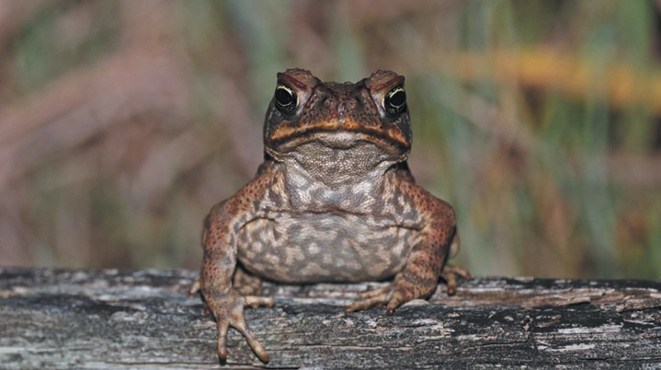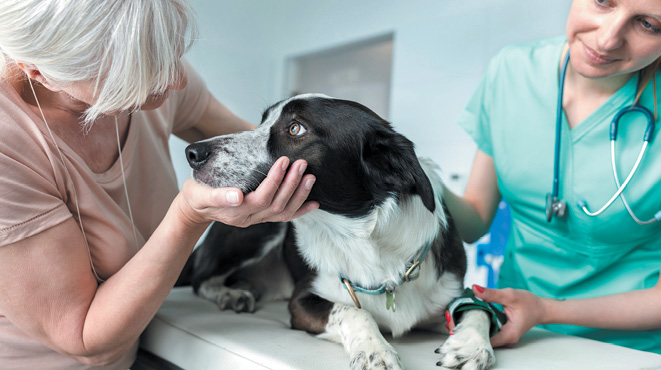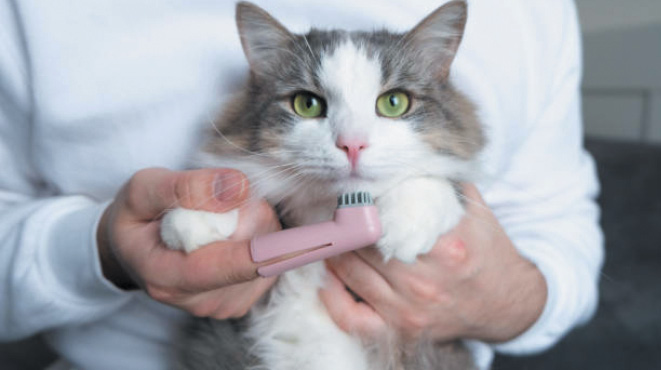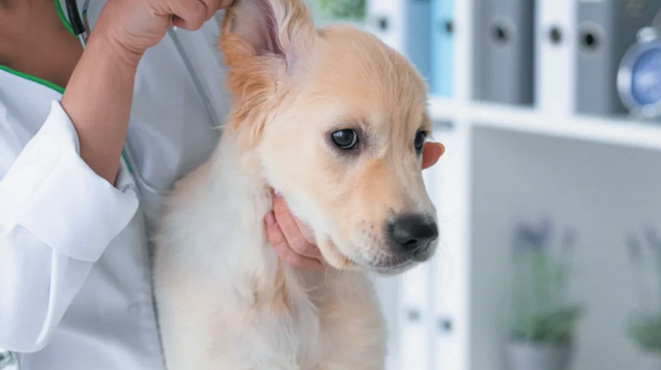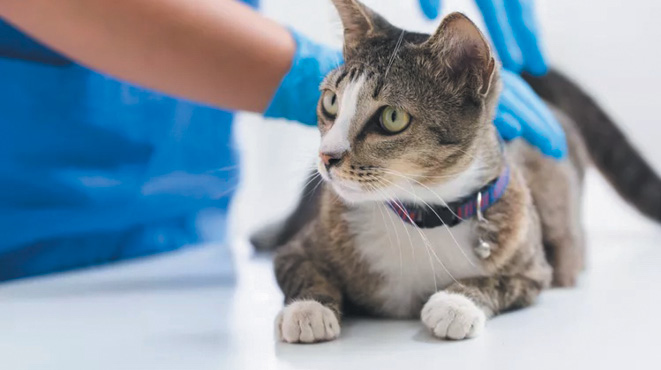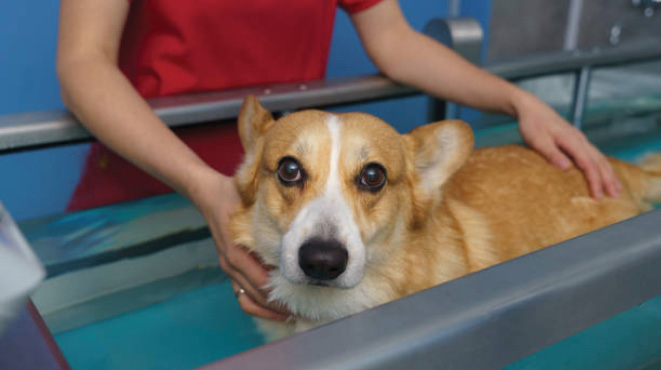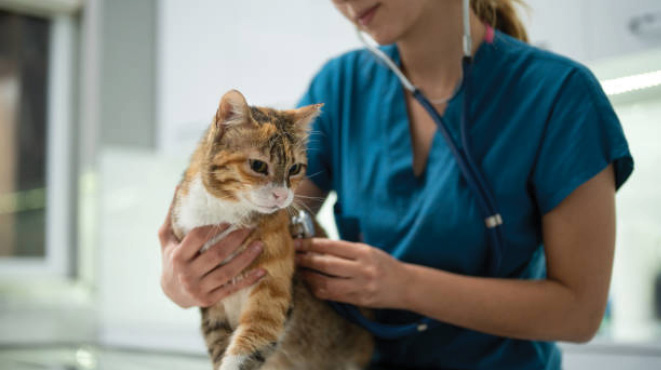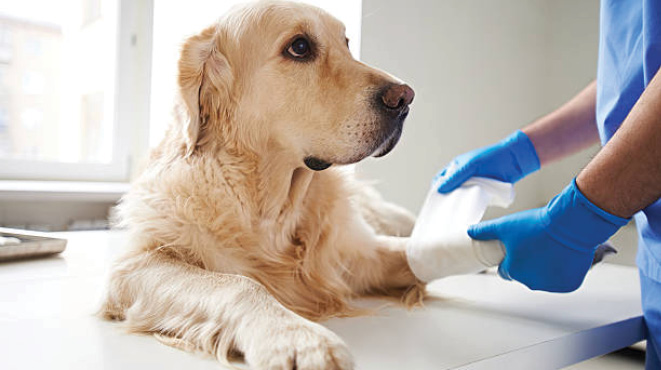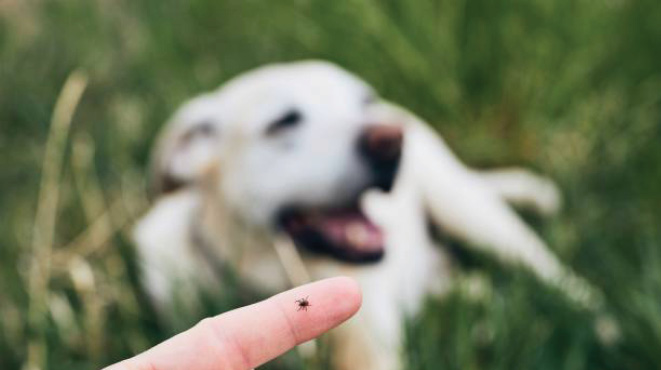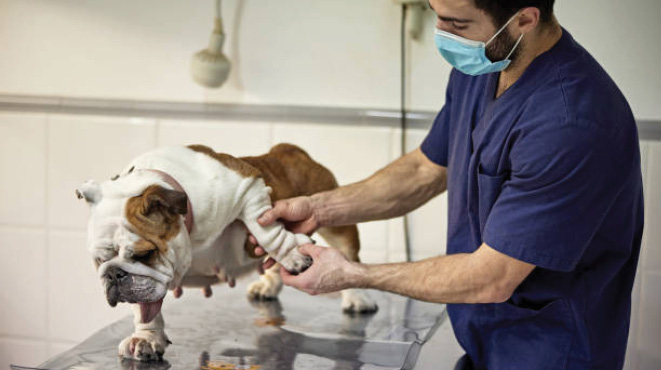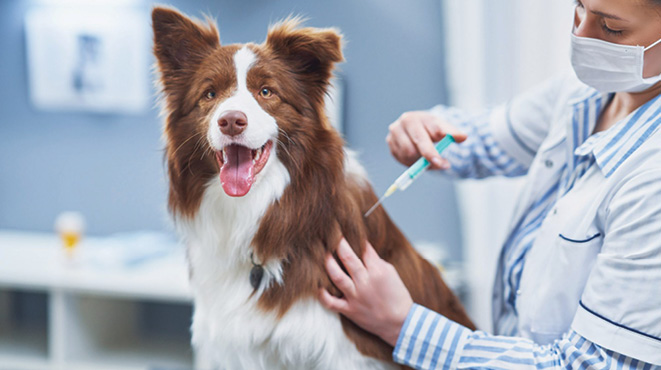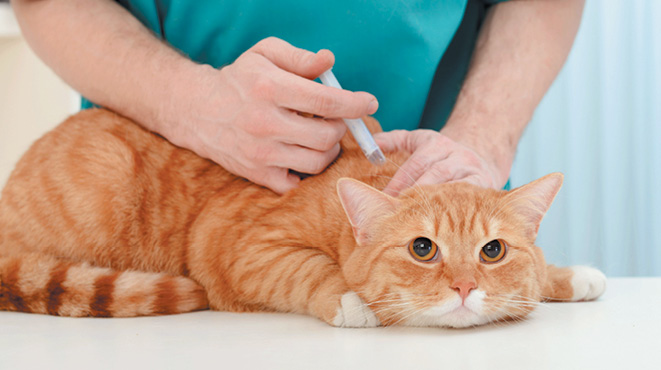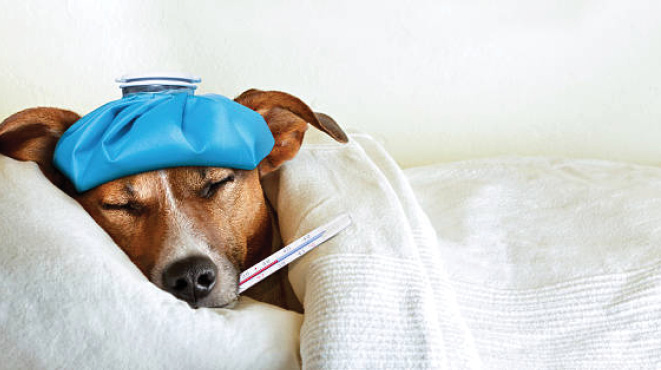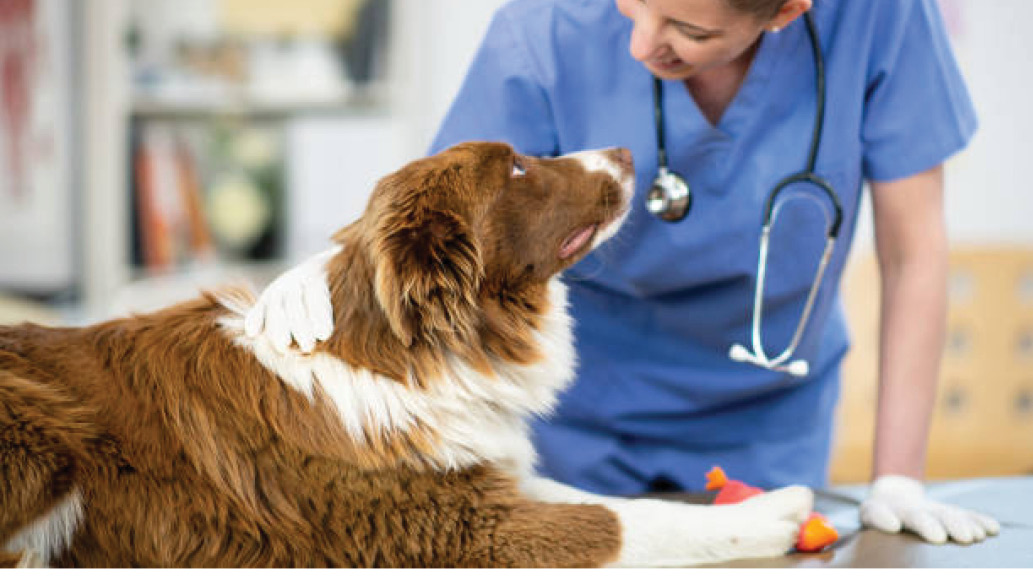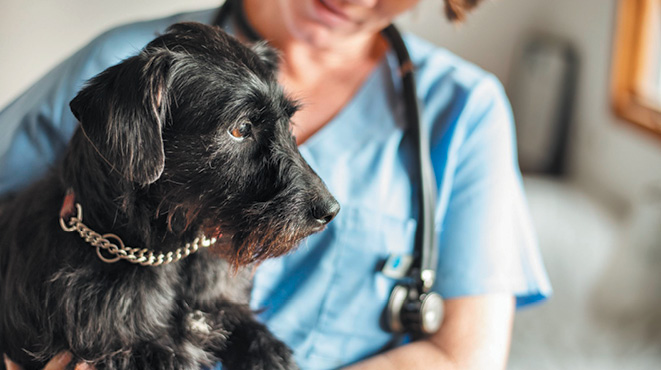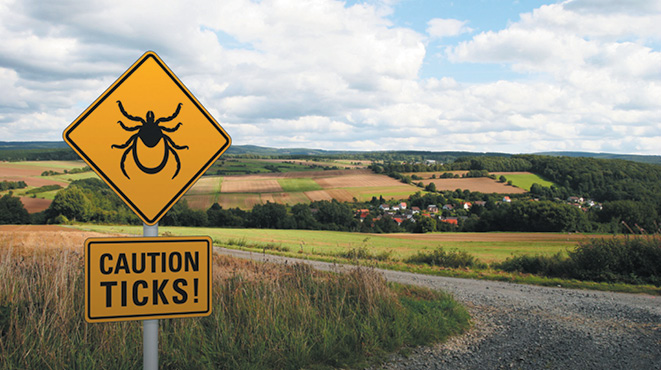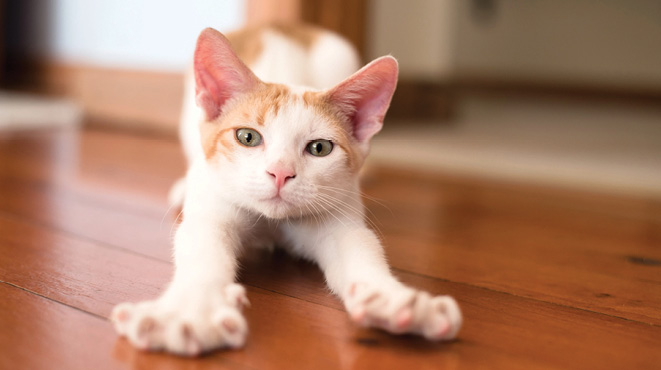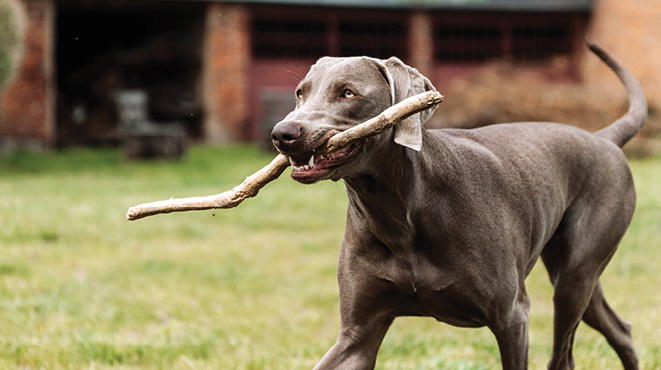BY DR NICKY THOMAS, WYNNUM MANLY VETERINARY HOSPITAL
 With the very wet summer we have experienced there has been a huge increase in the numbers of cane toads around. These jumpy creatures prove a great temptation to our dogs and cats with their exciting movement. Cane toads possess glands around their neck containing hallucinogenic toxic compounds which are expressed when they feel threatened. Dogs or cats biting or licking the toads absorb the toxin through the mucus membranes of their mouths. Poisoning can be rapid and severe, in some cases resulting in the death of the affected animal.
With the very wet summer we have experienced there has been a huge increase in the numbers of cane toads around. These jumpy creatures prove a great temptation to our dogs and cats with their exciting movement. Cane toads possess glands around their neck containing hallucinogenic toxic compounds which are expressed when they feel threatened. Dogs or cats biting or licking the toads absorb the toxin through the mucus membranes of their mouths. Poisoning can be rapid and severe, in some cases resulting in the death of the affected animal.
Signs of toad poisoning:
- Frothing and drooling – large volumes of sticky or foamy saliva may be produced
- Red gums
- Muscle spasms or tremors
- Increased heart rate
- Seizures
- Death
Cats may show the above signs along with weak limbs and a trance-like stare.
Treatment of toad poisoning:
- Use a soft, wet cloth to gently and thoroughly clean the pet’s mouth and gums. Rinse the cloth frequently to remove toxic material.
- Avoid using a hose to rinse the mouth as animals may aspirate the water into their lungs.
- Contact your vet for further advice. If tremors or seizures develop seek veterinary attention urgently.
Prevention of toad poisoning
The most effective method of preventing toad poisoning is preventing access to the toads. The more common times of toad poisoning tend to be at dawn and dusk, but they may be active at other times. Keeping your pet confined within the house or a secure kennel at night may be required. It is also important to check outdoor water bowls regularly as toads may often be found residing in these water sources.


